One of the things that I don't fully understand about the MVC model is loading multiple data tables from the model.
Let's say we have a Model called user.
public class User{
protected $username;
protected $email;
protected $id;
public function setUsername($name, $id) {
$db->set->name($name)
$db->set->id($id)
}
public function getUsernameById($id) {
return $db->get->name($id);
}
As far as I've learned, the model is equivalent to a single row in the database (called user).
Now I have written two functions. The first is for setting the username and the other is for retrieving the username through an ID.
Suppose you want to retrieve all users. Let's say through the getAllUsers() method. This method does not fit on the Model as it is not a single object.
Now I understand that for example, you can call this method (function) in your controller itself. But where can you define this method (function)? Since you don't do this on the model.
I also like to hear it if I am wrong :)
